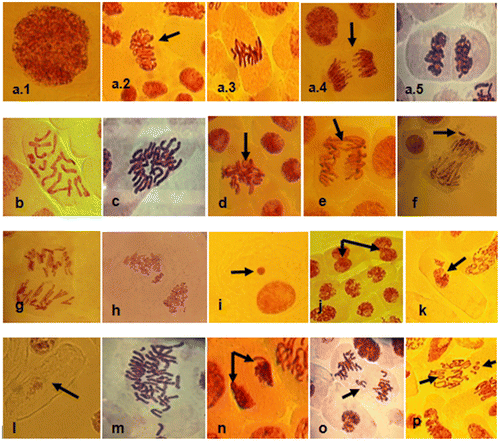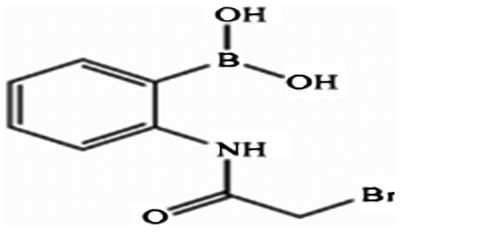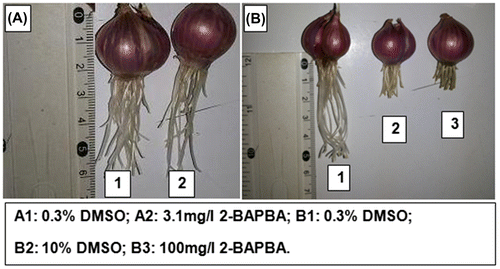Figures & data
Figure 3. Concentration–response curve of 2-BAPBA effect on root growth inhibition. Vertical bars shown the standard deviation.
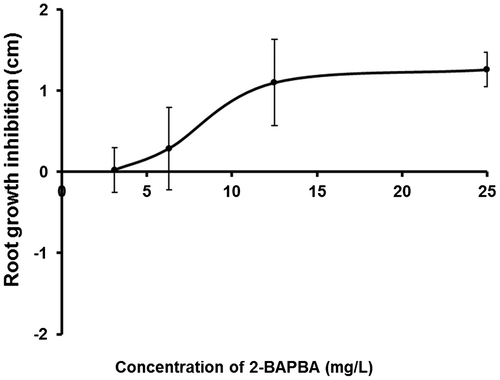
Table 1. The inhibition effects of various concentration of 2-(bromoacetamido) phenylboronic acid (2-BAPBA) and dimethyl sulfoxide (DMSO) on root growth of A. cepa.
Figure 4. Effect of different 2-BAPBA concentrations on A. cepa root length compared with concurrent DMSO concentrations.
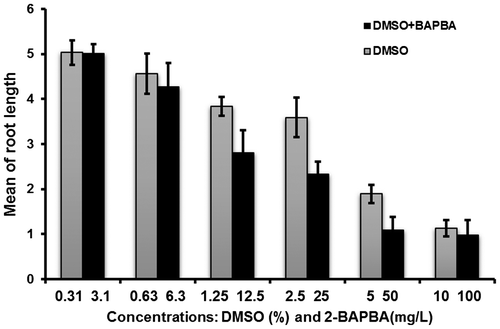
Table 2. Types of chromosome aberrations and % aberrant cells induced by 2-BAPBA in A. cepa at different times and concentrations.
Figure 5. Effect of 2-BAPBA at different times and concentrations on the mitotic index and chromosomal aberrations detected by percentage of aberrant cells of treated roots in A. cepa. Vertical bars show standard deviations.
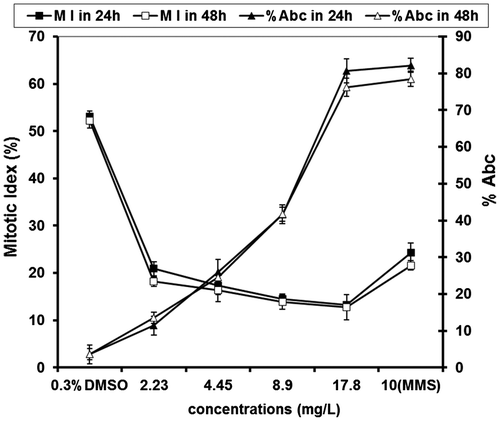
Figure 6. Photomicrographs of squash preparations of root tips of Allium cepa stained with aceto-carmine showing different types of chromosomal aberrations observed in meristematic cells exposed to 2-BAPBA. (a) Normal stages of cell division: (a.1) interphase; (a.2) prophase; (a.3) metaphase; (a.4) anaphase; (a.5) telophase. (b) Normal cell (2n = 16). (c) C-mitosis (2n = 32). (d) Sticky chromosomes. (e) Anaphase bridge. (f) Vagrant chromosome. (g) Multipolar anaphase. (h) Pulverized chromosomes. (i) Micronucleated cell. (j) Binucleated cells. (k) Damaged nucleus. (l) Ghost cell. (m) Polyploid cell. (n) Polar deviation. (o) Anaphase lagging chromosome. (p) Ring chromosomes. Magnification 400×.
